当前位置:
X-MOL 学术
›
J. Mater. Sci. Technol.
›
论文详情
Our official English website, www.x-mol.net, welcomes your
feedback! (Note: you will need to create a separate account there.)
Manipulating TWIP/TRIP via oxygen-doping to synergistically enhance strength and ductility of metastable beta titanium alloys
Journal of Materials Science & Technology ( IF 11.2 ) Pub Date : 2024-07-25 , DOI: 10.1016/j.jmst.2024.05.086 Yue Gao , Wenlong Xiao , Damon Kent , Junshuai Wang , Wentao Jiang , Fanqiang Meng , Ziling Peng , Yu Fu , Chaoli Ma
Journal of Materials Science & Technology ( IF 11.2 ) Pub Date : 2024-07-25 , DOI: 10.1016/j.jmst.2024.05.086 Yue Gao , Wenlong Xiao , Damon Kent , Junshuai Wang , Wentao Jiang , Fanqiang Meng , Ziling Peng , Yu Fu , Chaoli Ma

|
Metastable β-Ti alloys exhibiting twinning-induced plasticity (TWIP) and transformation-induced plasticity (TRIP) generally have excellent ductility, but typically at the expense of relatively low yield strengths which has restricted their widespread use. Our work shows that interstitial oxygen can be employed to regulate β phase stability to significantly enhance both strength and ductility of TWIP/TRIP alloys. For a Ti-32Nb wt.% base alloy, inclusion of 0.3 wt.% O enhanced ductility by more than 140 %, reaching up to 54 % strain, and improved the tensile yield strength by over 95 % to 632 MPa. Compared to other common engineering alloys such as Ti-45Nb, elongation was increased by 29 %, and the yield strength increased by 182 MPa, respectively. Here, we elucidate on impacts of oxygen doping on TWIP/TRIP behaviors in the Ti-32Nb alloy. We reveal that oxygen regulates the critical stress for martensitic transformation, twinning, and dislocation slip. At lower oxygen doping concentrations (≤0.3 wt.% O), multi-stage martensitic transformation and martensitic twinning resulted in high ductility. In higher oxygen content alloys (≥0.5 wt.% O), deformation occurred initially via twinning, while strain induced martensite was subsequently induced in retained β phase regions. Oxygen concentrations control the deformation mechanisms, providing a flexible means to synergistically balance an alloy's strength and ductility. The use of oxygen to enhance stability of the β phase and regulate deformation behaviors is a promising new approach for creating high-performance TWIP/TRIP metastable β-Ti alloys with outstanding mechanical properties.
中文翻译:

通过氧掺杂控制TWIP/TRIP协同增强亚稳态β钛合金的强度和延展性
表现出孪生诱发塑性(TWIP)和相变诱发塑性(TRIP)的亚稳态β-Ti合金通常具有优异的延展性,但通常以相对较低的屈服强度为代价,这限制了其广泛使用。我们的工作表明,间隙氧可以用来调节 β 相稳定性,从而显着提高 TWIP/TRIP 合金的强度和延展性。对于 Ti-32Nb wt.% 基础合金,添加 0.3 wt.% O 可将延展性提高 140% 以上,应变达到 54%,并将拉伸屈服强度提高 95% 以上,达到 632 MPa。与Ti-45Nb等其他常见工程合金相比,延伸率提高了29%,屈服强度提高了182 MPa。在这里,我们阐明了氧掺杂对 Ti-32Nb 合金中 TWIP/TRIP 行为的影响。我们揭示了氧调节马氏体转变、孪生和位错滑移的临界应力。在较低的氧掺杂浓度(≤0.3 wt.% O)下,多阶段马氏体转变和马氏体孪晶导致高延展性。在较高氧含量的合金(≥0.5 wt.% O)中,变形最初通过孪生发生,而应变诱发马氏体随后在残余β相区域中诱发。氧浓度控制变形机制,提供灵活的方法来协同平衡合金的强度和延展性。使用氧来增强 β 相的稳定性并调节变形行为是创建具有出色机械性能的高性能 TWIP/TRIP 亚稳态 β-Ti 合金的一种有前途的新方法。
更新日期:2024-07-25
中文翻译:

通过氧掺杂控制TWIP/TRIP协同增强亚稳态β钛合金的强度和延展性
表现出孪生诱发塑性(TWIP)和相变诱发塑性(TRIP)的亚稳态β-Ti合金通常具有优异的延展性,但通常以相对较低的屈服强度为代价,这限制了其广泛使用。我们的工作表明,间隙氧可以用来调节 β 相稳定性,从而显着提高 TWIP/TRIP 合金的强度和延展性。对于 Ti-32Nb wt.% 基础合金,添加 0.3 wt.% O 可将延展性提高 140% 以上,应变达到 54%,并将拉伸屈服强度提高 95% 以上,达到 632 MPa。与Ti-45Nb等其他常见工程合金相比,延伸率提高了29%,屈服强度提高了182 MPa。在这里,我们阐明了氧掺杂对 Ti-32Nb 合金中 TWIP/TRIP 行为的影响。我们揭示了氧调节马氏体转变、孪生和位错滑移的临界应力。在较低的氧掺杂浓度(≤0.3 wt.% O)下,多阶段马氏体转变和马氏体孪晶导致高延展性。在较高氧含量的合金(≥0.5 wt.% O)中,变形最初通过孪生发生,而应变诱发马氏体随后在残余β相区域中诱发。氧浓度控制变形机制,提供灵活的方法来协同平衡合金的强度和延展性。使用氧来增强 β 相的稳定性并调节变形行为是创建具有出色机械性能的高性能 TWIP/TRIP 亚稳态 β-Ti 合金的一种有前途的新方法。











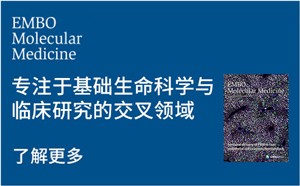





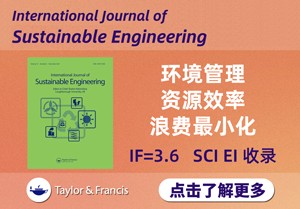
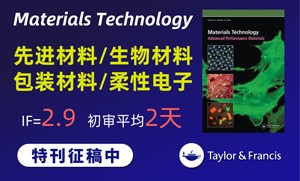
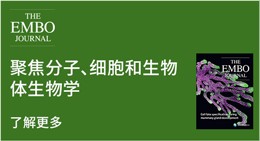
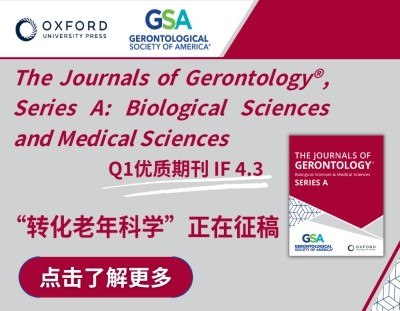
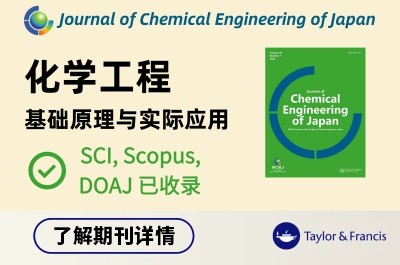








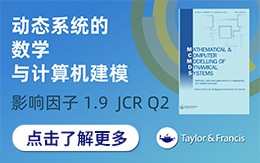



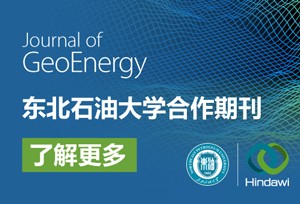
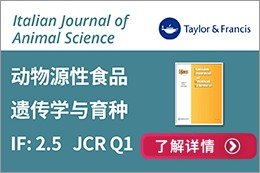














 京公网安备 11010802027423号
京公网安备 11010802027423号